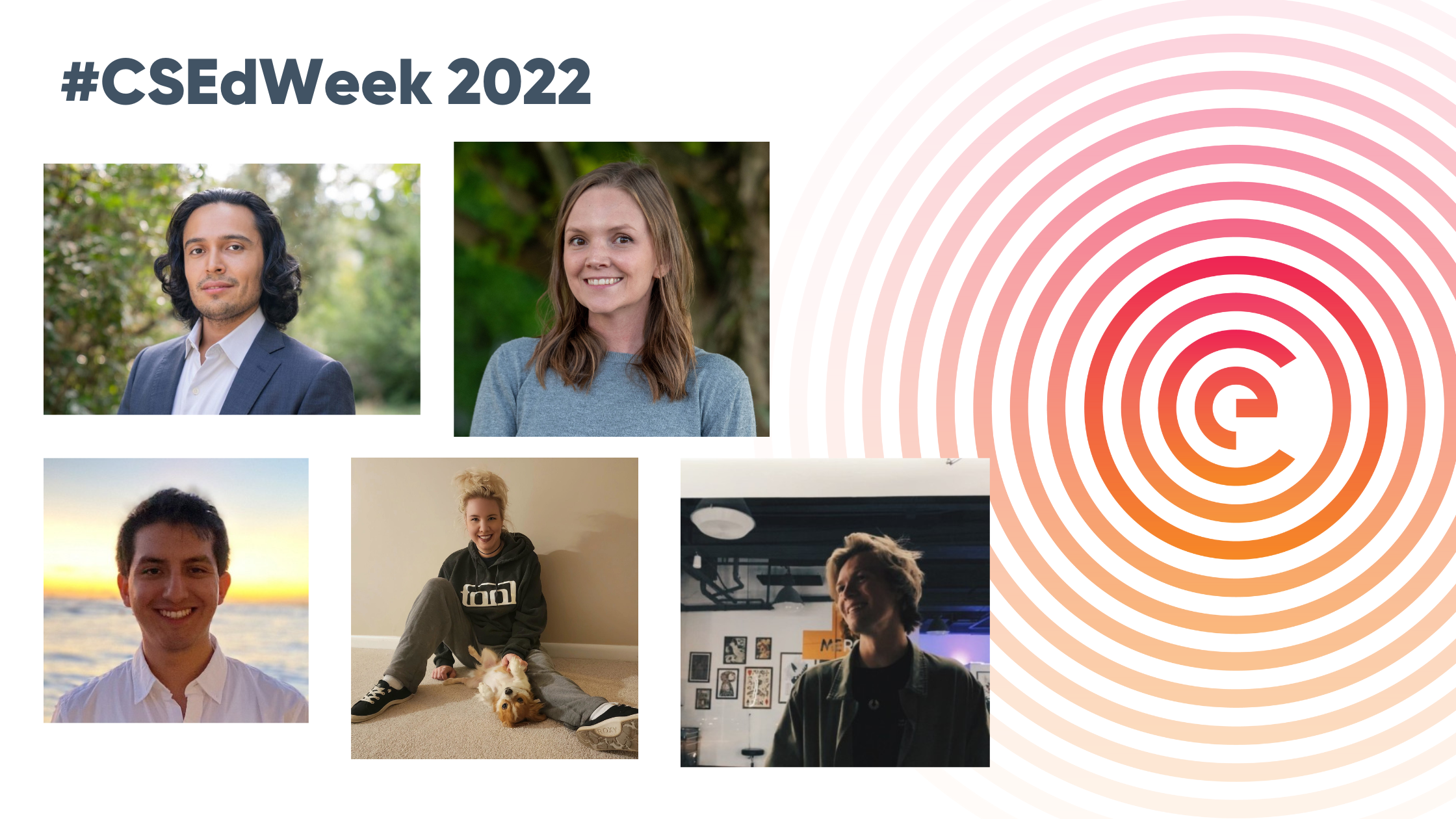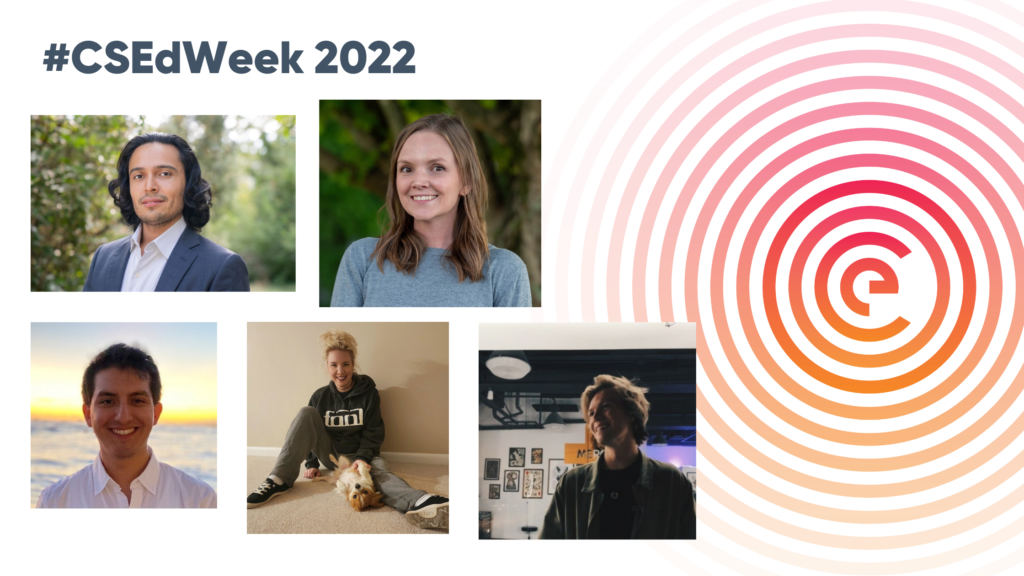
Computer Science Education Week 2022
This year, CivicEye is celebrating Computer Science Education Week (#CSEdWeek) with the hopes of recognizing our amazing team of Engineers and promoting STEM among the next generation of students.
Below, you’ll read some brief interviews from some of our team members about how they became interested in computer science, what their day-to-day looks like, and their advice for new learners.
Plus, check out our video below to watch a video version of our interview with Chase Holt, a Junior Software Engineer on our team.
We’re grateful for each of our team member’s contributions, and we’re excited about the next generation of Computer Scientists!
Alfredo Velasco
Head of Engineering
- Tell us about how you became interested in Computer Science.
A class in college, with Prasad Jayanti. It was in Java and we did all sorts of cool stuff with graphics and algorithms
2. How did you learn to code, and how did you further your Computer Science education (e.g. high school, college, training programs)?
I did engineering in college, but didn’t really get deep into coding until I got an internship with Ticketmaster in Android app development. It was that job that brought everything together, hardware, software, and then got me really into building apps.
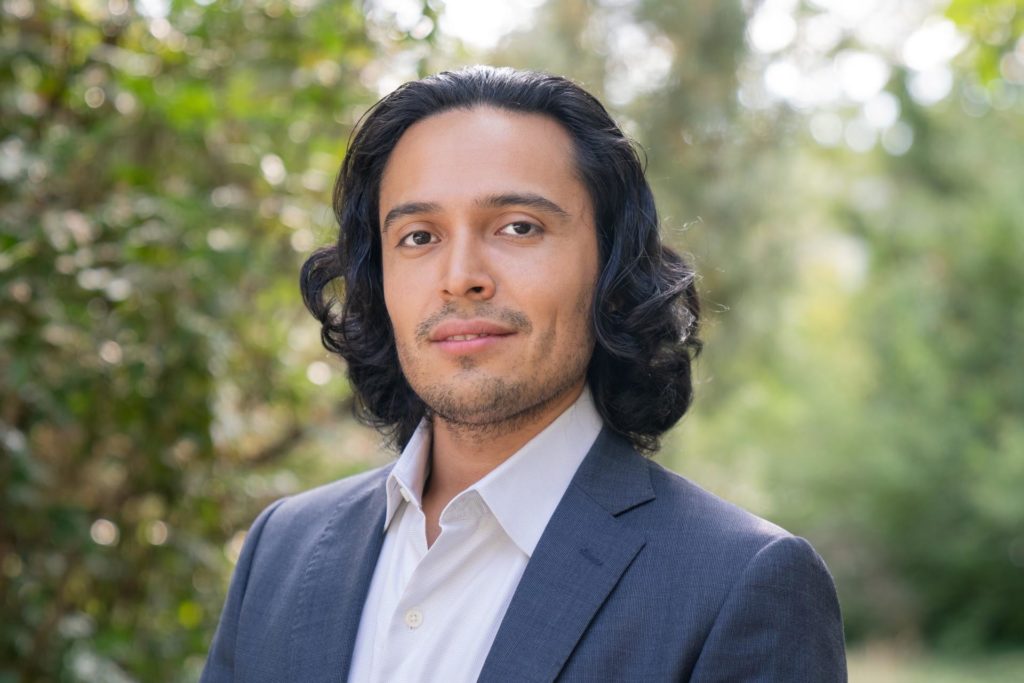
3. What does your work day look like?
I mostly manage now, so making sure the team is operating happily is my top priority, so I jump on calls and pair program or just coach and help troubleshooting anywhere I can/as I’m needed. After that, I tackle managerial tasks like budgeting, hiring, building SOP etc.
4. What advice would you have for any young people hoping to get into STEM and/or the Computer Science field?
I would suggest to try it out–to follow their curiosity to its limits and not be afraid to spend the time thinking through it all. Analytical thinking and problem solving will benefit you tremendously one way or another in anything you end up doing.
Martina Gasser
Junior Software Engineer
- Tell us about how you became interested in Computer Science.
I was exposed to code in high school. I became interested in learning to code because I wanted to create things that would benefit people. I realized that the Computer Science field is perfect for me because it allows me to express my creativity through my love of technology.
- How did you learn to code, and how did you further your Computer Science education (e.g. high school, college, training programs)?
I learned most of it from college, but I also learned a lot from online learning resources like freecodecamp.com. I’m furthering my Computer Science education with a master’s degree which I hope to start in May 2023 at Vanderbilt.
- What does your workday look like?
My day starts with a cup of coffee and a morning walk with my Chihuahua. Then I spend some time in meetings and writing documentation. Most of the day consists of lots of coding, which I love.
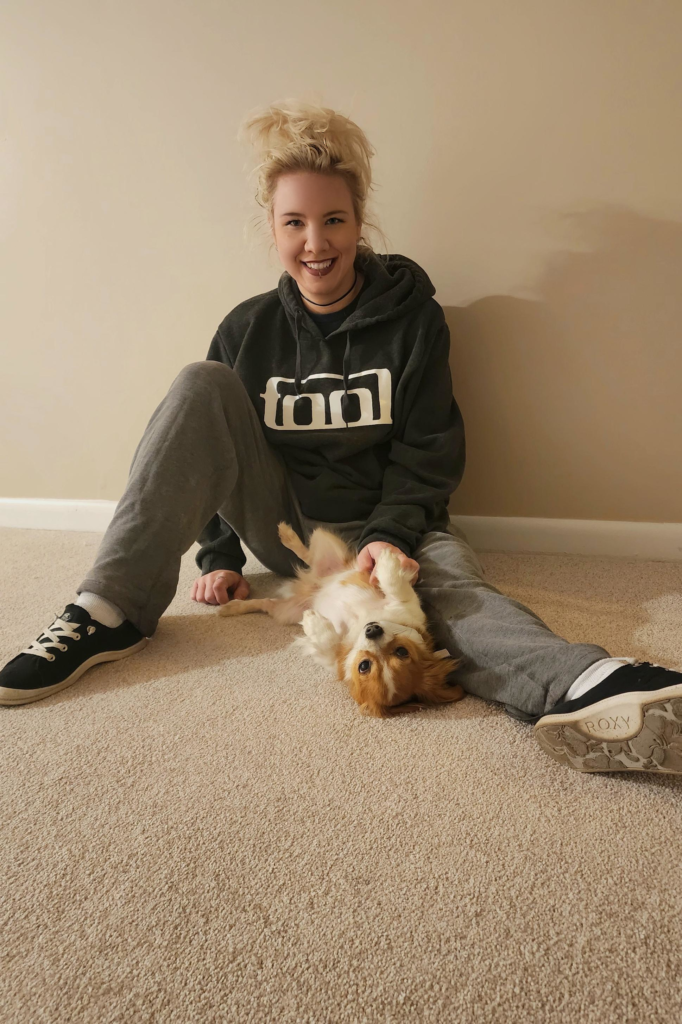
- What advice would you have for any young people hoping to get into STEM and/or the Computer Science field?
I personally struggle with anxiety, so my advice would be centered on that – If you are someone who struggles with mental health issues, it is absolutely possible to get in and complete a degree or certificate in Computer Science/STEM field. There are many resources that you can utilize to help you achieve your goals. Most importantly, don’t give up!
Hector Nevarez
Junior Software Engineer
- Tell us about how you became interested in Computer Science.
I have always been interested in technology and curious about how things work. After finishing my major in Physics Engineering, I talked to friends that work in Computer Science related fields and got really interested in what they do. So, I did some more research and got really excited about the cool work that a software engineer performs.
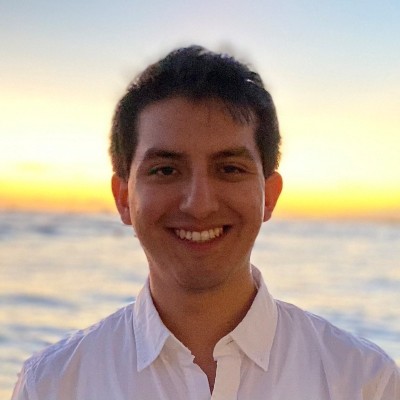
- How did you learn to code, and how did you further your Computer Science education (e.g. high school, college, training programs)?
My first real approach to code was in college learning C++ and Python. Then I started learning by myself JavaScript, but I felt that I needed to improve my skills not only in JavaScript so I decided to take a Coding Bootcamp, which was 3 months long, and learned to use JavaScript in a professional way, React (a front-end framework) and SQL databases, and more tools that a software engineer uses in a daily basis.
And I further my education every day, it could be at work or in personal projects that I decide to take on or just by simply watch YouTube tutorials of new tools I get curious about.
- What does your work day look like?
We work by two-week long “sprints”, meaning that every 2 weeks we get assigned projects to work on.
With that being said, every workday is different depending on the day, but it usually starts with meetings during the morning and then focus on coding in the afternoon.
- What advice would you have for any young people hoping to get into STEM and/or the Computer Science field?
Take advantage of all the resources that are available on the internet to search what you would like to work on. It could be something specific, for example, a front-end mobile developer or something more general such as a full-stack web developer.
Also being comfortable with the feeling of having to learn more, because is a fast-paced environment where new and better tools are developed in short periods of time.
Christie Pearce
Development Lead
- Tell us about how you became interested in Computer Science.
As a kid, I was always fascinated with computers. In high school, I became interested in graphic design and decided to pursue an education in that. During that time, I was introduced to Web Design. Being able to type in basically a foreign language and have it translated on the screen into something visual was so interesting to me. I worked in an advertising department as a graphic designer for a while, but I didn’t love it, so I began researching education opportunities.
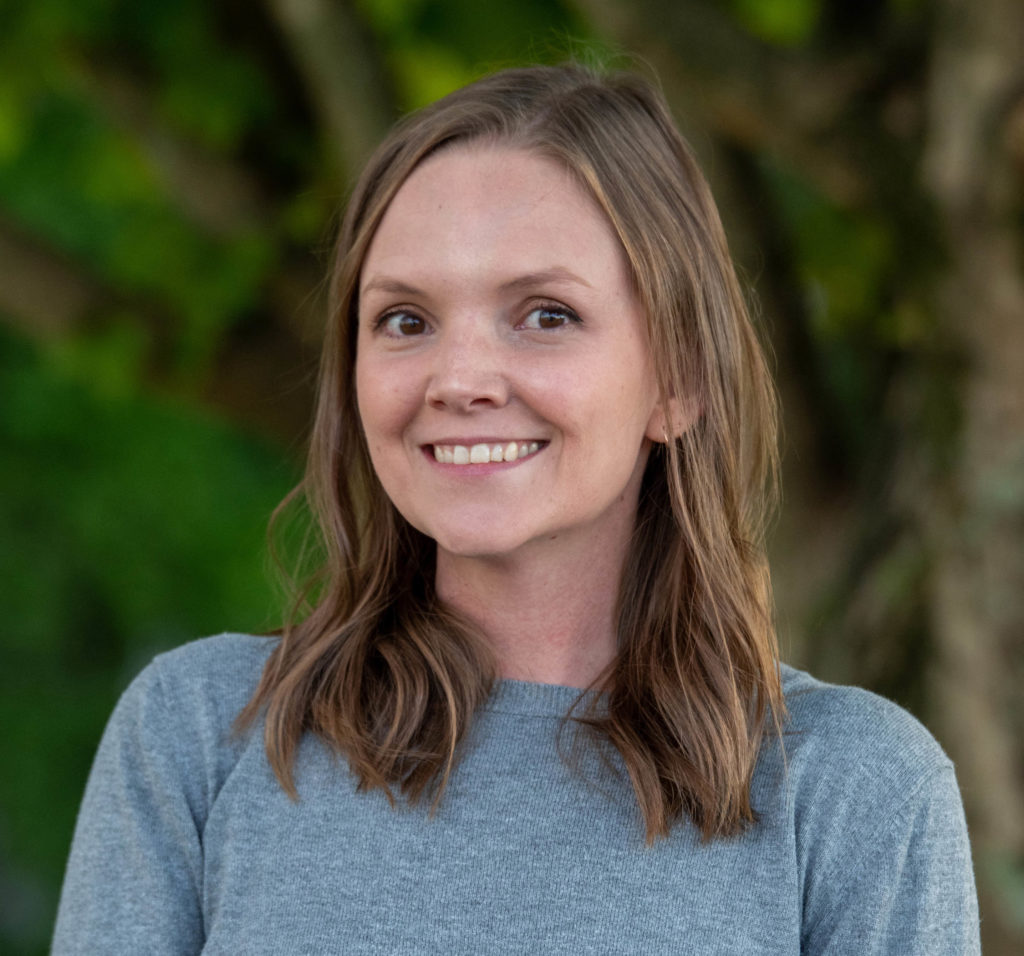
2. How did you learn to code, and how did you further your Computer Science education (e.g. high school, college, training programs)?
I decided to go back to school to get my bachelor’s degree. Because of my interest in web design and wanting a challenge, I chose to pursue a degree in Computer Science.
- What does your workday look like?
I start out with any meetings that I have with the engineering or product team. I work with the team to solve any outages or emergencies. I look through Jira tickets to make sure they’re complete and ready for the engineering team. I assist anyone on the team that might have a difficult issue or blocker preventing them from completing work. Depending on which day it is there are also sprint activities.
- What advice would you have for any young people hoping to get into STEM and/or the Computer Science field?
If available, robotic/coding courses or clubs in school are a great introduction into Computer Science.
Chase Holt
Junior Software Engineer
Click HERE to watch our video interview with Chase!
